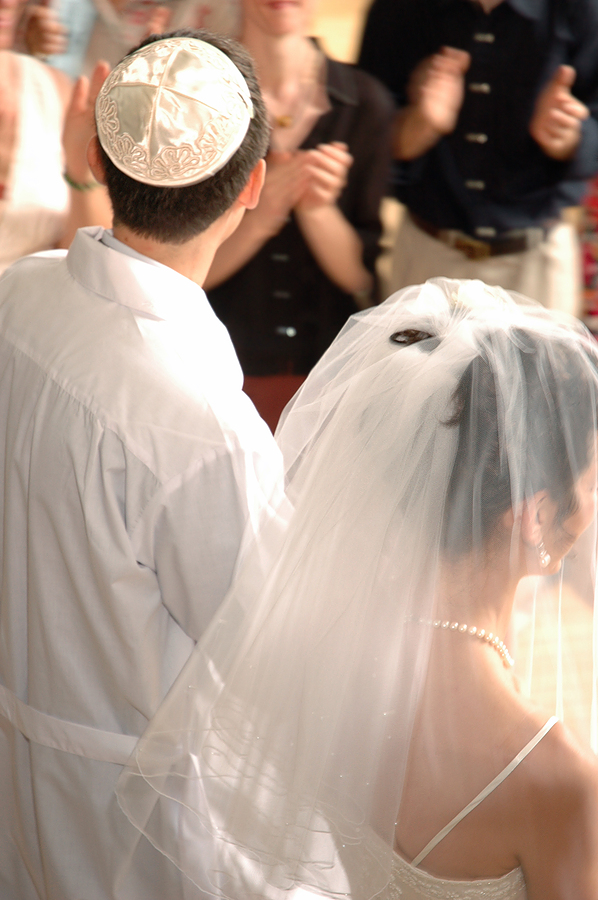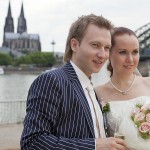Jewish Wedding Seating Plans
 Judaism is the original of the three Abrahamic faiths, which also includes Christianity and Islam. Originating in the Middle East over 3500 years ago, in 2007 there were around 13.1 million Jewish people in the world, most residing in the USA and Israel. Jewish weddings take place in a synagogue under the supervision of a Rabbi. Some wedding receptions also take place at the synagogue, however modern receptions are often at another location, depending on numbers of guests and budget requirements.
Judaism is the original of the three Abrahamic faiths, which also includes Christianity and Islam. Originating in the Middle East over 3500 years ago, in 2007 there were around 13.1 million Jewish people in the world, most residing in the USA and Israel. Jewish weddings take place in a synagogue under the supervision of a Rabbi. Some wedding receptions also take place at the synagogue, however modern receptions are often at another location, depending on numbers of guests and budget requirements.
Orthodox wedding seating plan etiquette
At a ‘Chassidic’ or ‘Yeshivish’ wedding, namely one celebrated by Orthodox Jews, the wedding seating plan requires that men and women remain separated by a ‘Mechitza’ – a partition – to preserve modesty. Men will be seated around tables on one side of the partition, women on the other. This partition remains for the duration of the reception, including the dancing. In modern Orthodox weddings, the seating may be mixed – however there would be no mixed dancing.
An old tradition, based on the Jewish Law that no holiday is properly observed unless Jews invite the poor to their festival table, sees a table reserved and set out for poor people to attend the wedding meal. In modern times, however, this is often interpreted via altruistic requests by the bride and groom for charitable gifts in lieu of wedding presents, or in their support of a local charity.
In Conservative and Reform branches of the Jewish faith, the strict gender separation is not considered to be in keeping with the modern way of life, and the seating plan is much more relaxed.
S’eudah Mitzvah – the wedding meal
It is important for non Jewish guests to appreciate that prior to eating, there is an important blessing of the wedding bread – a large braided egg-rich bread called a ‘Challah’. This blessing may be led by the bride and groom themselves and is often followed by the happy couple visiting each table with a piece of challah and greeting the guests personally.
Dancing the night away
In all Jewish wedding receptions, great importance is put on the obligation of the wedding guest to bring joy to the bride and groom – what an inspiring recipe for a fantastic reception!
‘Mitzvah’ (good deed) dances are typical – the bride and groom are seated on chairs, while guests dance before them, entertaining them with masks, props and silly costumes. All Jewish weddings are likely to include the ‘Hora’ dance, or chair dance. This probably originated from the tradition of carrying royalty on chairs. The bride and groom are hoisted high in the air on their chairs by a few strong guests, and friend and family dance around them in a circle to the ever increasing tempo of ‘Hava Nagila’.
The final dance of the night honours parents who have seen their last child married. Known as the Mezinke Tanz or Krenzel (crown) dance, the parents of the bride and/or groom sit on chairs in the centre of the dance floor while guests dance around them, kissing them as they pass.
References
Jewish Wedding Reception Rituals
Jewish wedding etiquette for guests
Jewish view on Giving
BBC – Jewish weddings
Orthodox Jewish weddings















